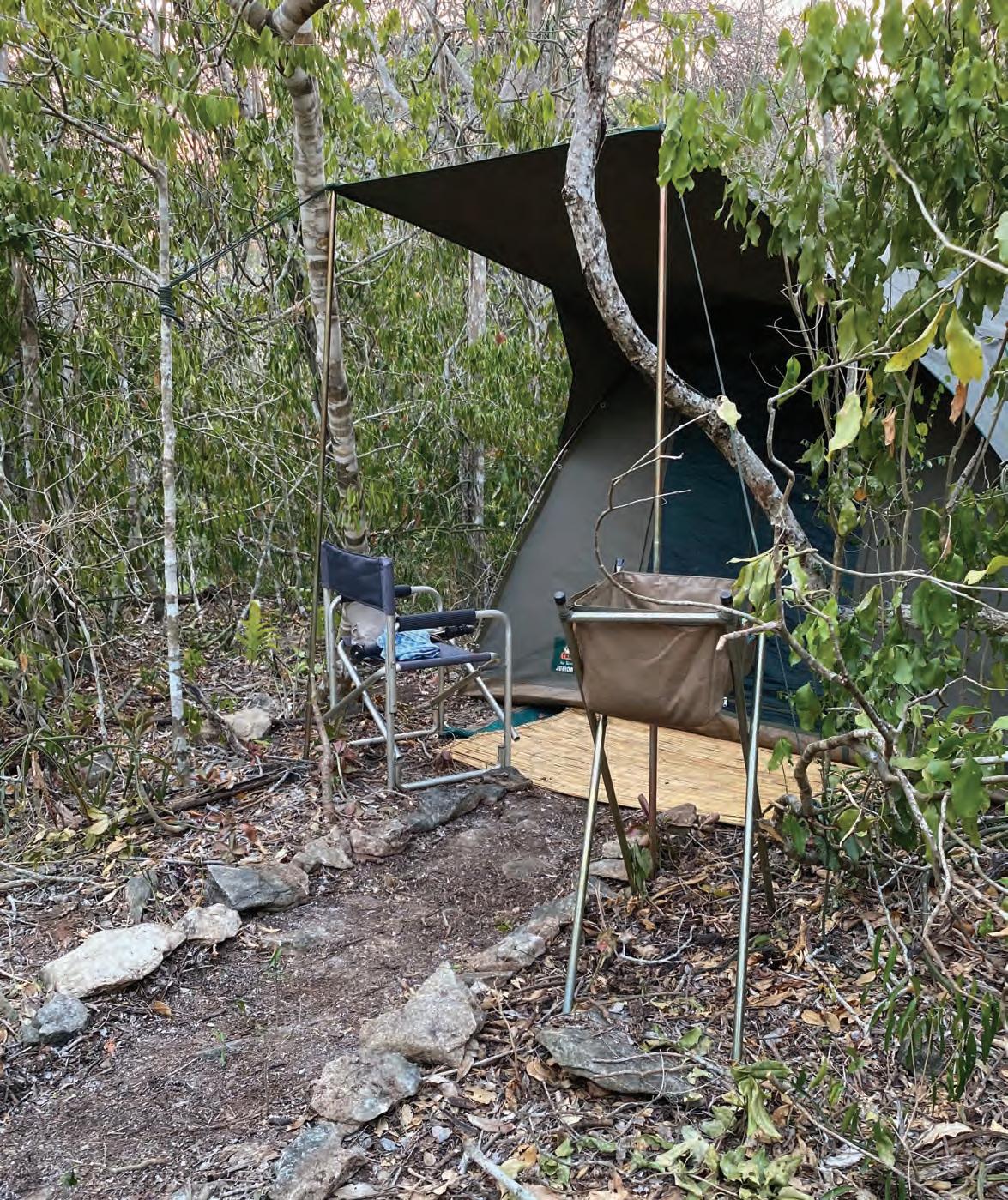
9 minute read
Mozambique’s Gorongosa Restoration Project
Mozambique’s
Gorongosa Restoration Project
Advertisement
Gorongosa - Wikimedia
words & pics - Angus Begg (unless otherwise indicated)
I’m immersed in Mozambique’s Gorongosa Restoration Project. In the
national park of the same name, it’s a literally phenomenal tale. One of reconstruction, redemption, and, in keeping with the tiny 1950s Catholic chapel I saw yesterday not far from the entrance to the park, a resurrection of sorts.

CONSERVATION Gorongosa National Park (GNP) in Mozambique is perhaps Africa’s greatest wildlife restoration story. In 2008, the Government of Mozambique and the Carr Foundation formed the ‘Gorongosa Project’, a 20-year Public-Private Partnership for the joint management of the Park and for human development in the communities near the Park.
On June 7th, 2018, the Government of Mozambique signed an extension of the management agreement of Gorongosa National Park for another 25 years. By adopting a 21st Century conservation model of balancing the needs of wildlife and people, we are protecting and saving this beautiful wilderness, returning it to its rightful place as one of Africa’s greatest parks. The park has a variety of landscapes, some are lush, welcoming, and green, others brown and harsh. The long-forested avenue leading out from Chitengo camp towards the town of Villa Gorongosa is one of my favourites. I chat to some of the wonderful characters, driven and talented, who have seized opportunities presented by the project that is both rebuilding community and identity, and rewilding a national park. Conservation is about so much more than wildlife, which as a youngster was my singular passion. I came to understand as an older youngster that it is about the web of life, the intricate dance of all species interacting with each other and the earth. It’s the rhythm of that dance that determines whether or not the various species, and our host, planet earth, survive. Gorongosa National Park is a living, dynamic reconstruction-work in progress, an example, perhaps, of how life on earth can work. Like with Dadiva Salomao, 20, in her khaki uniform, who comes from the small town of Nhamatanda, nearby Gorongosa National Park. She is an example of the dance of what has long been knowing as ‘people and parks’. Dadiva says the university course she had chosen to study after school didn’t work out for her. While looking for suitable work, Dadiva’s friend and now colleague, Gabriela Curtiz - Mozambiqe’s first qualified female guide - said Gorongosa National Park was looking for guides, especially females. Why? One of the core driving forces behind the Gorongosa Restoration Project appears is the empowerment and education of young women - essentially, bluntly speaking, to help them avoid being married off at a young age with no education. So Dadiva applied to be a guide, and started studying, starting with her English (25% proficiency is required). She still practises, on people like me, and other guests, with any notion of marriage the furthest thing from her mind.
One thing that doesn’t need coaxing is her vision, evidenced by the small spotted genet she saw winding its way up the branches of a tree in search of a snack (fledglings or eggs) - while she was looking out for a gorgeous bush shrike she’d heard. Agness Geooffrey is also good with spotting birds and sprouts off the Latin names of the trees we pass (i have a thing about tree ID). She told me that the genus name acacia now pretty much belongs to Australia members of that family (which has 1000 of the 1350 acacia species) - we are now left with Vachellia and Senegalia (apparently referring to straight and hooked thorn respectively - i have not checked yet - all I know is that Acacia tortillis (the famous umbrella thorn) is now Vachelia tortillis. Data and laboratory technician Margarita Vitor, from Nampula in northern Mozambique, and part of the ongoing and deeply impressive science team at Gorongosa National Park, showed me around. Officially her title is ‘technician’ with Geographic information Systems (GIS) at the park’s EO Wilson Biodiversity Laboratory, the only molecular laboratory in a national park in Mozambique. The exploration and documentation of biodiversity is the lab’s primary goal, says Margarita, slipping in the fact that since 2014, just after it was established, about 175 new species of ants have been discovered. There is some intense science being conducted here. Seen in context, Margarida working at this lab - creating a future for herself in the world of science - is massive.
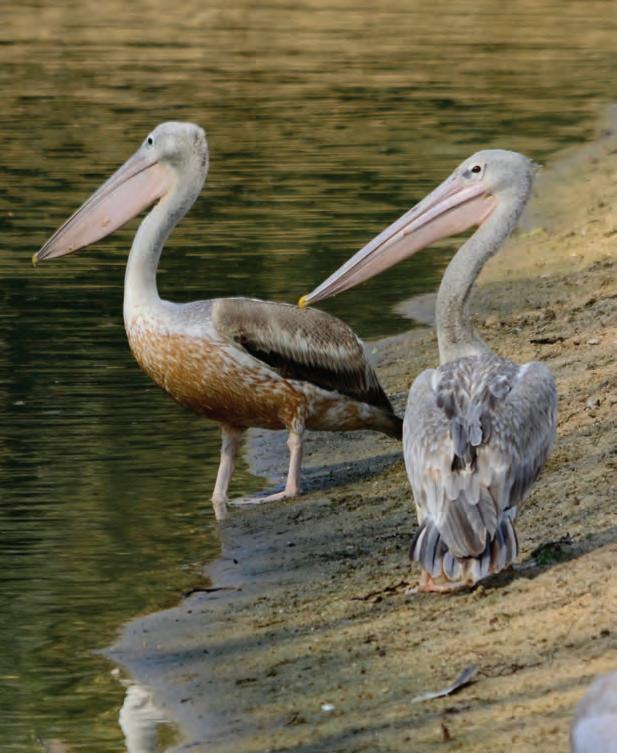

Gorongosa’s lion population has grown to roughly 00 in the past 12 years. Pink-backed pelican

Gorongosa National Park’s coffee seedlings on Mt Gorongosa - amngst the indigenous rain forest.
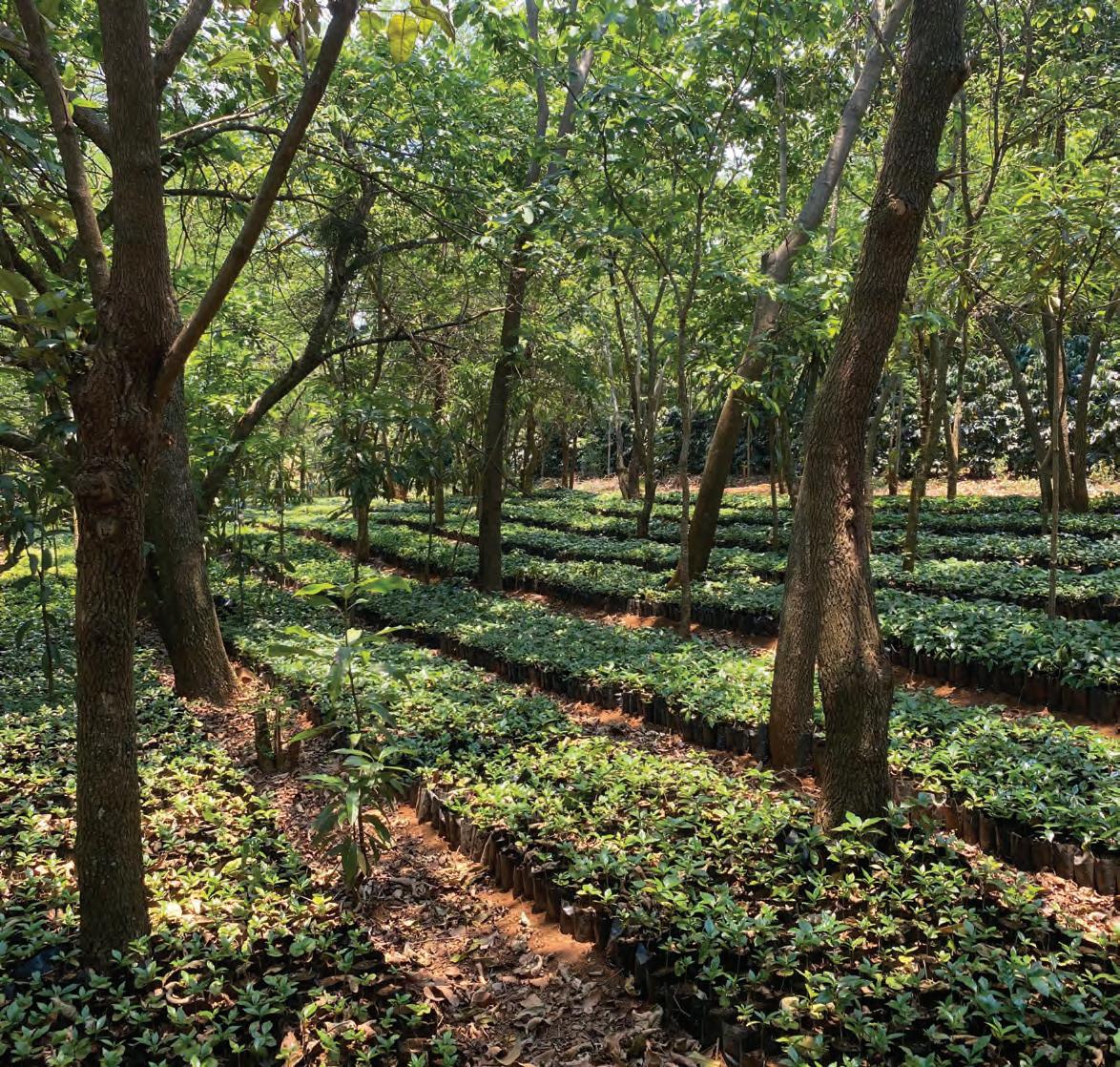
It’s part of Gorongosa’s ongoing mission to educate and create sustainable futures for Mozambique’s young women, who without intervention would otherwise be left to tend the crops, raise children, and make food. Seriano Tacanhe Sumbrero is Technical assistant and coffee producer at Gorongosa National Park’s coffee farm on the slopes of Mt Gorongosa – which is ‘run’ by the park, although physically a couple hours by road removed. It’s not often - if ever - that a national park starts a coffee farm and production business, but that’s what’s happening. The park has a twin project here, protecting and reforesting a threatened mountain, and providing communities with a living, giving them incentive to protect the remaining rainforest on the mountain.
Recently Gorongosa National Park, with the help of rural coffee farmers, saw its coffee taking its place amongst the world’s finest brands on the shelves of Waitrose premium retailer in the United Kingdom. It’s a manual process that’s all about creating work and saving a rainforest. Impoverished rural Mozambicans are benign incentivized to save - quite literally - Mt Gorongosa’s remaining rainforest. Home to a variety of endemic species, a

One of the apprentice girl guides accompanying me on a game drive. Greg Carr’s vision is to see girls being educated and going to varsity rather thatn being married off at 13 years.
rebel base on the mountain during 30-year civil war didn’t help its chances of emerging unscathed. Gorongosa National Park is changing Mozambique’s world. It’s a long process, but someone had to start, and beneath the pre-rains blanket of village-made firesmoke, the signs are encouraging. I visited a displacement camp just outside the Park where villagers forced by circumstances to relocate, mostly women and children, were being assisted by Park and NGO staff with nutrition and health efforts. I visited a Girls Club - a Park initiative now numbering around 50 such clubs - where there is a focus on educating young girls. CONSERVATION This part of Mozambique, in and around the Gorongosa National Park, experienced its own bit of hell in the 30-year civil war lasting from the 1970s. The women and girls went through their own traumas, which are perhaps best left stored in the imagination. Beyond that, most of rural Africa, not just Mozambique, is traditionally a patriarchal stomping ground (think elephant bull) - so being female is tough. We’re not speaking of the ‘glass ceilings’ of the developed world. Few women growing up here have been able to think beyond collecting water, having babies, and tending crops. So, the roughly 50 Girls Clubs set up by the Gorongosa Restoration Project are not only restoring identity to a community worn down by those ruling by guns or favour but educating girls as to life’s possibilities. With many young women working at the biodiversity laboratory in the park, and the park’s chief elephant scientist a 32-year-old local woman, there is good reason for the next generation to dance. Dancing and singing are common in Africa, almost ubiquitous at game lodges to welcome guests. But these girls are dancing with real purpose. They see a changing present around them and can dream of a brighter future. One in which they can, while holding on to the best of their cultures and values, raise their children to be the best men and women they can be. The head of Gorongosa National Park’s Ecotourism project, Test Malunga, spends much of his time exploring - identifying new opportunities - with an eye to both enticing Africaphiles and providing work opportunities for local communities. As with growing the coffee on Mt. Gorongosa, if the park and its resources can assist communities in the generation of income and development of skills, they will protect it. A couple months back, brothers Baptista and Jeremiah Chimbatata introduced the extrovert Malunga (built like a football quarterback) to a network of caves in the forest and gorges where they live. His practised eye, gained from guiding around Zimbabwe and South Africa, saw what he
CONSERVATION called great potential. Malunga also found the area was home to a list of bird ‘specials’, the eastern nicator, silvery-cheeked hornbill, Mozambique batis and African broadbill among them. Baptiste told me it took three days to build the camp once they’d found the location. The ubiquitous warm, wet flannel and welcome drink when we arrived after a long drive, were so odd in the circumstances - we’d driven far off-road, with no physical infrastructure in sight - but extra welcome given the sincerity with which they were offered. Whether it be camp manager and ‘cook’ Silverio Domingos, guide Tonga Torcidos or the Chimbatata brothers, they really wanted us to enjoy ourselves. Not just because that’s expected in tourist establishments, but because they were so evidently really excited at being involved in something like this. With leisure tourism figures in Mozambique far below that of its neighbours, beyond the beaches people don’t really understand tourism. The attention to detail paid to my tent (USB ports and a fan) laid out deep in the forest, the way the path was cut, the ablution tents set up and the way the meal presented.... it was as if the chorus of cicadas were providing an accompanying welcome song. By partnering with the community, the park can offer this adventure to travellers and tourists seeking unique experiences. This is a landscape rewilded, in many areas probably untouched. A place of wild animals, birds and exploration - out here, travellers can literally venture where not many beyond the local villagers have been. Real and raw, this fabulous, 400 000-hectare Park...which, with its new boutique, tented camp, and Biodiversity Laboratory, is getting ready to present itself to the world.


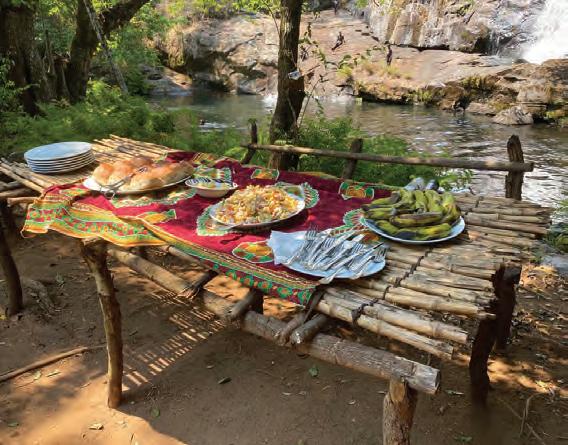
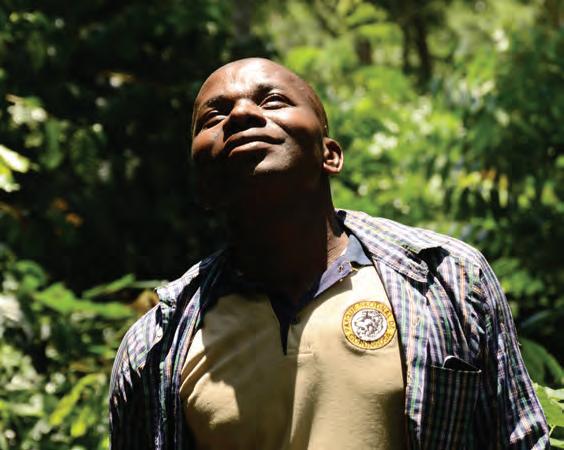
Angus Begg – “I hope to be leading tours to Gorongosa when appropriate, and developing a Mozambican circuit itinerary which will include this remarkable park and two other compelling destinations - all woven together by story”. www.angusbegg,com
Tent set up for travellers seeking real tourism experiences in Mozambique. Gorongosa NP has partnered with the local community, Fumo Baptista
